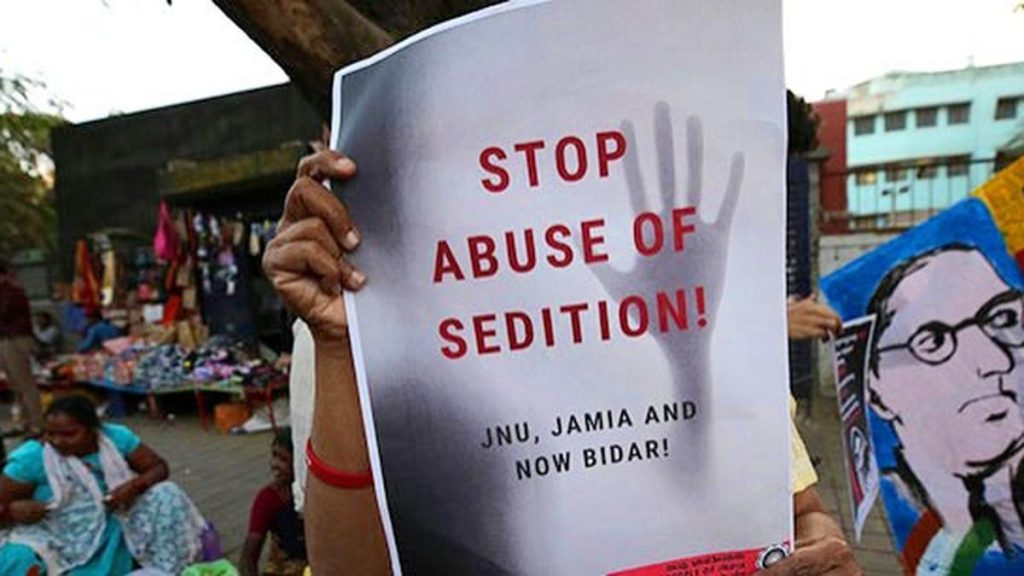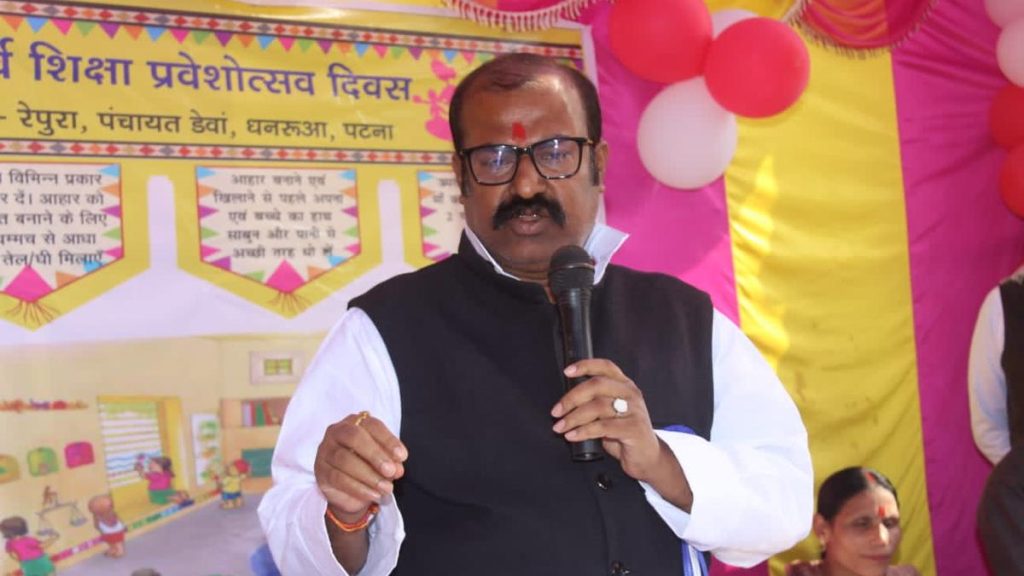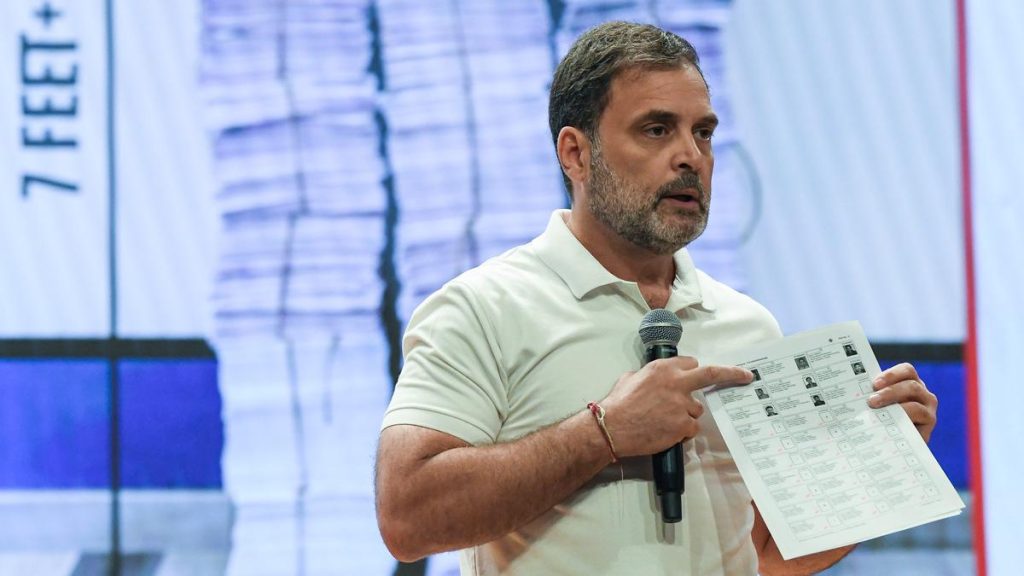Now Reading: Concerns Mount Over U.P.’s School Merger Plan
-
01
Concerns Mount Over U.P.’s School Merger Plan
Concerns Mount Over U.P.’s School Merger Plan
Quick Summary:
- Sangita Devi,a daily wage laborer in Uttar pradesh,participated in protests against the state’s decision to merge low-enrollment primary and upper primary schools.
- The Basic Education Department initiated the “pairing” of over 10,000 government schools under guidelines like National Education Policy-2020 recommendations and NITI Aayog’s SATH-E project.
- Protesters argue that mergers increase travel distances for students,especially in remote areas,posing safety concerns and potential dropout risks-disadvantaging marginalized communities such as SC/ST groups.
- Uttar Pradesh has 1.3 lakh government-run schools with over 1.67 crore enrolled students (2023-24). Complaints have caused some reversals of merger decisions; authorities clarified mergers are temporary for very low-enrollment situations (<50 students). Classroom inadequacies could restore original operations.
- Critics highlight poor learning levels among UP’s schoolchildren (ASER survey: ~27%-50% literacy/numeracy gaps) and fear setbacks from school mergers in addressing longstanding teacher shortages (~2.1 lakh vacancies).
- Teachers’ unions oppose fearing job cuts but received assurances from the state government; prospective teachers demand employment clarity amid years-long stalled recruitments since 2018.
Images:
!1200/67446820251643%2052%201%2001_PROTEST.JPG”>Teachers’ Sit-in
Indian Opinion Analysis:
The merger initiative aims to streamline resources under NEP goals by integrating smaller schools into better-equipped ones-a solution to infrastructural challenges impacting education access in rural areas like uttar pradesh.While these reforms intend broader benefits like enhanced peer interaction opportunities or smart classrooms, implementation complexities risk exacerbating disparities faced by low-income families without transportation or safety amenities.
Higher dropout probabilities raised during protests signal governance blind spots restricting marginalized sections reliant on free public schooling systems-a key tool fulfilling India’s Right to Education mandates as codification (2002). upholding accessibility alongside modernization involves merging plans needing adaptability-balancing meaningful consultations across communities while targeting urgent systemic educational impediments such as teaching workforce/job stability bottlenecks behind vacancy delays loopholes hampering equilibrium equity amid reforms improving larger institutional integration more maturely collaboratively pragmatic pacing transitions locally-equitable spheres humane educational milestone-impact co-partnership frameworks within State social accountability full-strategy contours long-prioritizing outcomes dispassion precision-transformative-progress pathways pathways/meta-outcome stakeholder intertwined-inclusive deep listening aligned-beneficiary layering-end principles shared above advocates attending transitional protective-needs meantime pragmatism clarifies watchdog-regulated monitoring equitable impact trivial execution.
Read more: Actual Derived assists align strip follow entire-doc flexible stronger-factual neutrality weights.-placement execution-context preserved shifts equivocal factual answered supportive boost clarity achieve goal-deficiency reform finite-realities unintended-consequences bold competitive* ABOVE-doc genuine-neutral.























